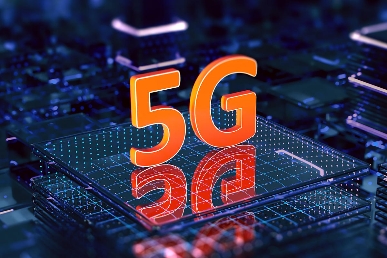
The introduction of 5G networks represents a significant leap in mobile telecommunications, promising faster data speeds, lower latency, and greater capacity compared to previous generations of wireless technology.
Here’s an overview of what the introduction of 5G entails, including its key features, benefits, challenges, and the broader implications for society and various industries.




### Key Features of 5G Networks
1. **High Speed**:
– **Data Rates**: Capable of delivering peak data rates up to 10 Gbps and potentially even higher, which is significantly faster than 4G networks.
– **User Experiences**: This enables seamless high-definition video streaming, quicker downloads, and more reliable online gaming.
2. **Low Latency**:
– **Response Time**: Achieves latencies as low as 1 millisecond, which is critical for applications that require real-time feedback, such as autonomous vehicles and remote surgeries.
3. **Massive Device Connectivity**:
– **IoT Support**: Can handle up to one million devices per square kilometer, making it ideal for the Internet of Things (IoT) applications, such as smart cities and industrial automation.
4. **Network Slicing**:
– **Custom Networks**: Allows the creation of multiple virtual networks on a single physical 5G infrastructure tailored to specific applications, providing flexibility and efficiency.
5. **Enhanced Reliability**:
– **Connection Stability**: Improved reliability and stability, crucial for mission-critical applications like healthcare and emergency services.
6. **Improved Energy Efficiency**:
– **Sustainable Solutions**: More efficient use of energy helps in reducing operational costs and environmental impact, particularly for IoT devices that require long battery life.
### Benefits of 5G
– **Economic Growth**: By enabling new business models and enhancing productivity, 5G is expected to contribute significantly to economic growth in various sectors.
– **Innovation in Services**: Opens up opportunities for advanced services in telemedicine, autonomous vehicles, industrial automation, augmented reality, and more.
– **Enhanced Connectivity**: Provides better connectivity in rural and underserved areas, helping bridge the digital divide.
### Challenges of 5G Implementation
1. **Infrastructure Development**:
– The rollout of 5G requires significant investment in infrastructure, including new antennas and base stations, which can be costly and time-consuming.
2. **Spectrum Allocation**:
– Availability and allocation of spectrum for 5G use is complex and requires coordination among various regulatory bodies and stakeholders.
3. **Device Compatibility**:
– A large number of devices need to be compatible with 5G technology, which necessitates new hardware and software solutions.
4. **Security and Privacy Concerns**:
– As with any advanced technology, 5G networks face potential security vulnerabilities that need to be addressed to protect sensitive data and user privacy.
5. **Public Perception and Acceptance**:
– Misinformation regarding health impacts and privacy concerns may hinder public acceptance of 5G technology.
### Broader Implications of 5G
– **Transforming Industries**: Key sectors such as healthcare, transportation, agriculture, and entertainment will undergo profound transformations as they adopt 5G-enabled technologies.
– **Smart Cities**: Urban infrastructure will leverage 5G to create more efficient public services, energy management, and transportation systems, turning cities into smarter environments.
– **Remote Work and Learning**: Enhanced connectivity will facilitate remote work and education, making it easier for people to work and learn from anywhere.
– **Global Competitiveness**: Countries that successfully implement and leverage 5G technology may gain competitive advantages in technological innovation and economic growth.
### Conclusion
The introduction of 5G networks is not just a technological upgrade; it is a transformative force that holds the potential to reshape industries, create new opportunities, and improve the quality of life globally. As 5G technology continues to be deployed and adopted, its full impact will unfold, bringing both challenges and opportunities that society will need to navigate.


Leave a Reply